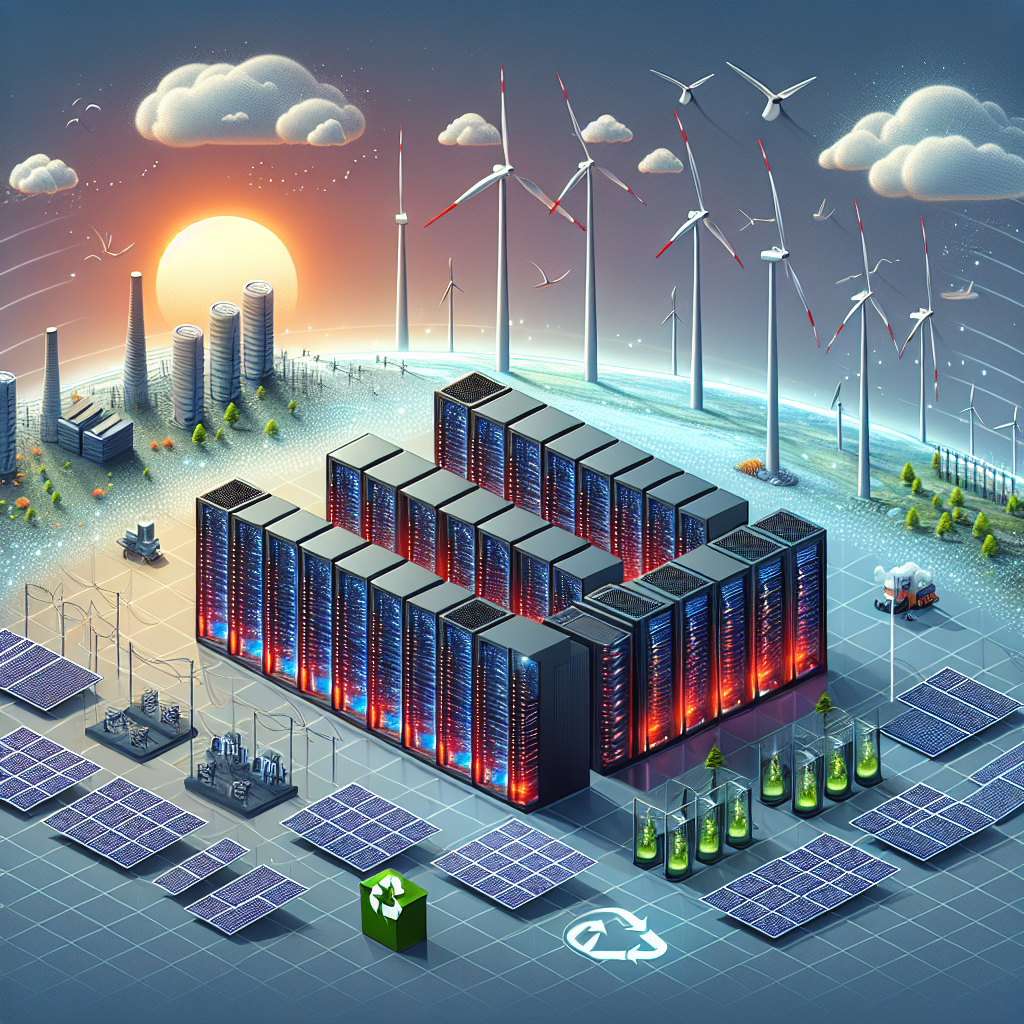Your cart is currently empty!
The Environmental Impact of Data Centers and How to Minimize It

Data centers are a critical component of the modern digital economy, housing the servers and infrastructure that power the internet and store vast amounts of data. However, the environmental impact of data centers is a growing concern as they consume large amounts of energy and produce significant amounts of carbon emissions.
According to a report by the International Energy Agency, data centers account for about 1% of global electricity consumption, with this number expected to increase as the demand for data storage and processing continues to grow. The energy consumption of data centers is primarily driven by the need to keep servers cool and running efficiently, as well as the power required to store and transmit data.
In addition to energy consumption, data centers also produce a significant amount of carbon emissions, mainly from the burning of fossil fuels to generate electricity. This contributes to climate change and poses a threat to the environment.
To minimize the environmental impact of data centers, there are several strategies that can be implemented:
1. Energy efficiency: Data centers can reduce their energy consumption by implementing energy-efficient technologies, such as server virtualization, which allows multiple virtual servers to run on a single physical server. This can significantly reduce the number of servers needed, thereby lowering energy consumption.
2. Renewable energy: Switching to renewable energy sources, such as solar or wind power, can help data centers reduce their carbon footprint and lower their reliance on fossil fuels. Many data centers are now investing in renewable energy to power their operations.
3. Cooling optimization: Data centers require significant cooling systems to prevent servers from overheating. By optimizing cooling systems and using more efficient cooling technologies, data centers can reduce their energy consumption and lower their environmental impact.
4. Recycling and waste management: Data centers produce electronic waste in the form of outdated or broken equipment. Proper recycling and waste management practices can help reduce the environmental impact of data centers by ensuring that electronic waste is disposed of responsibly.
5. Green certifications: Data centers can also seek green certifications, such as LEED or Energy Star, to demonstrate their commitment to sustainability and environmental responsibility. These certifications can help data centers attract environmentally conscious customers and stakeholders.
In conclusion, the environmental impact of data centers is a significant issue that needs to be addressed. By implementing energy-efficient technologies, switching to renewable energy sources, optimizing cooling systems, practicing responsible recycling and waste management, and seeking green certifications, data centers can minimize their environmental impact and contribute to a more sustainable future. It is imperative for data centers to prioritize sustainability in their operations to mitigate their impact on the environment.

Leave a Reply